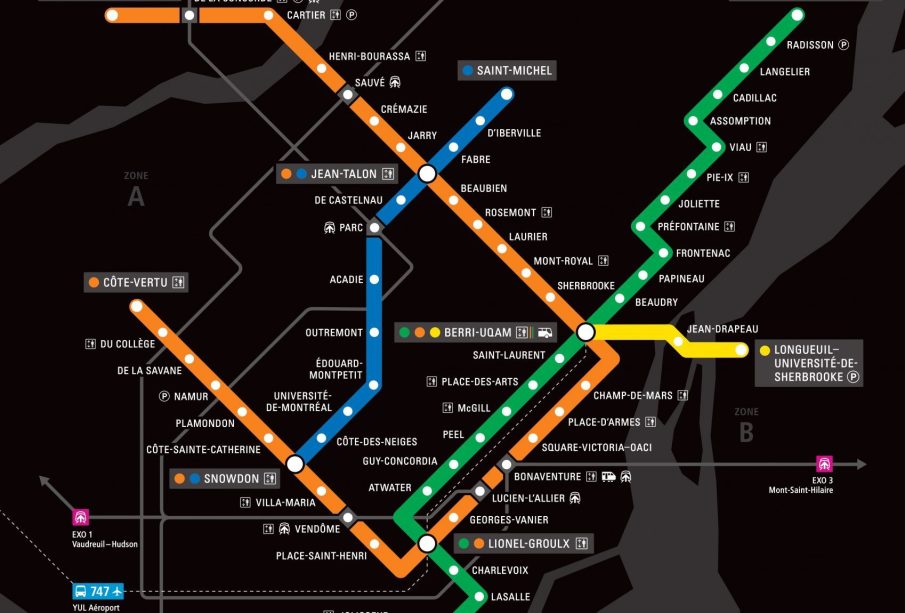Latest Developments in Metro Montreal Transportation

Introduction
The Metro Montreal system plays a crucial role in the urban transportation infrastructure of Canada’s second-largest city. As an essential means of public transport, it significantly impacts commuters’ daily lives and the overall accessibility of the metropolitan area. Recent developments and updates in the Metro system have been the subject of much discussion, especially given the city’s ongoing efforts to improve sustainable transportation.
Main Developments
As of October 2023, the Société de transport de Montréal (STM) has reported on several important milestones that aim to enhance the Metro system’s efficiency and capacity. Significant renovations are underway to upgrade aging infrastructure and improve service reliability, particularly on the Orange Line, which serves a large portion of the city’s population.
In addition, the STM announced the introduction of more energy-efficient trains that are set to roll out by December. These new trains will not only provide a smoother ride but also demonstrate a commitment to lowering greenhouse gas emissions. The STM aims for these enhancements to contribute to its goal of achieving a 40% reduction in emissions by 2030. Furthermore, extended service hours on weekends have been proposed to accommodate late-night commuters, reflecting the needs of the city’s vibrant nightlife.
Moreover, recent surveys indicate that user satisfaction levels have increased due to the consistent upgrades made to the Metro stations, ensuring they are more accessible and user-friendly. Changes include improved signage, escalators, and elevators to better serve the elderly and those with disabilities.
Community Impact and Future Outlook
The improvements in Metro Montreal are expected to have positive implications for the city’s economy and quality of life. Enhanced public transport encourages more residents to use the Metro instead of personal vehicles, potentially reducing traffic congestion and promoting a greener urban environment.
Forecasts suggest a continued investment in transit infrastructure. The STM is in discussions with the City of Montreal to secure further funding for additional projects such as new Metro lines and connections to suburban areas. As the city grows, ensuring an efficient transit system becomes increasingly important to accommodate the rising number of residents wanting to live and work in Montreal.
Conclusion
The ongoing developments in Metro Montreal signify a commitment to modernizing public transport and addressing the needs of its users. As improvements roll out, commuters can expect a more reliable, efficient, and environmentally friendly Metro system in the years to come, making travel within the city more accessible to everyone.









